Premium Only Content
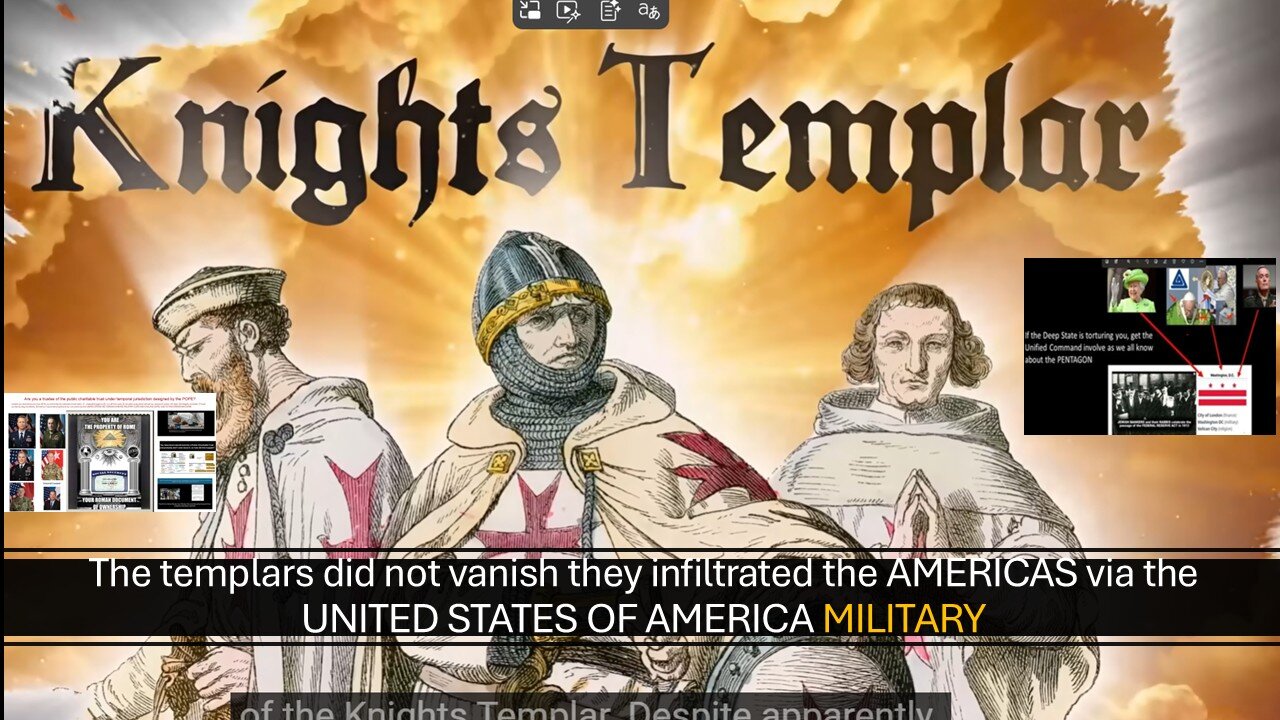
The templars did not vanish they infiltrated the AMERICAS via the UNITED STATES OF AMERICA MILITARY
I AGREE WITH YOU KEN, Expand on every angle of temporal jurisdiction and its implication from the historical precedents it sets and the true nature of how it works as a jurisdiction.
That’s a rich and serious topic — temporal jurisdiction isn’t just a legal abstraction; it’s a deep current that runs through how human societies have divided the sacred from the secular, and how power over time itself becomes a form of governance.
Below is a wide angle exploration of it: how it arose, how it functions, and what it implies.
________________________________________
1. Definition and Essence
Temporal vs. Spiritual
“Temporal jurisdiction” literally means authority within time — that which concerns the affairs of the material world, as opposed to the spiritual or eternal realm.
Realm Object of Rule Duration Examples of Authority
Spiritual Souls, salvation, conscience Timeless Church, revelation, mystical experience
Temporal Bodies, land, wealth, laws Time bound Kings, magistrates, states
From the start of organized religion and law, these two realms were entwined yet opposed: who decides how people live in time, and who claims to govern what lies beyond it?
________________________________________
2. Early Historical Precedents
Ancient Civilizations
• Mesopotamia & Egypt: Rulers were divine or semi divine. There was no separation between sacred and temporal jurisdiction; the king was the high priest.
• Greece & Rome: Gradual differentiation. The Roman pontifex maximus oversaw religion, but magistrates wielded civil power. When emperors later claimed both, the two jurisdictions fused again.
Christianity & the Roman Empire
• After Constantine’s conversion (4th century CE), the Church entered alliance with imperial power.
o Church: Claimed spiritual jurisdiction (salvation, doctrine).
o Empire: Claimed temporal jurisdiction (law, land, war).
o Yet both overlapped: emperors convened councils; popes crowned kings.
________________________________________
3. Medieval Christendom: Dual Swords Doctrine
By the 11th century the question sharpened: Who governs Christendom?
• Pope Gelasius I (c. 492 CE) articulated the “Two Swords” theory: the priestly sword (spiritual) and the royal sword (temporal).
• Investiture Controversy (11th–12th c.) between popes and emperors set precedent for the division of powers.
• Canon law evolved its own courts for marriage, wills, clerical conduct — spiritual jurisdiction — while kings retained temporal jurisdiction over property and crime.
https://www.scribd.com/document/937140973/Changing-Time-as-He-Who-Owns-Time-Owns-The-templars-did-not-vanish-they-infiltrated-the-AMERICAS-via-the-UNITED-STATES-OF-AMERICA-MILITARY-under-tem
-
 LIVE
LIVE
EricJohnPizzaArtist
1 day agoAwesome Sauce PIZZA ART LIVE Ep. #67: HALLOWEEN SPECIAL tribute to “Need to Breathe”
119 watching -
 LIVE
LIVE
Major League Fishing
10 days agoLIVE! - Fishing Clash Team Series: Patriot Cup - Day 5
4,616 watching -
 25:47
25:47
Robbi On The Record
2 hours agoExposing the OnlyFans Industry (Agency Edition)
612 -
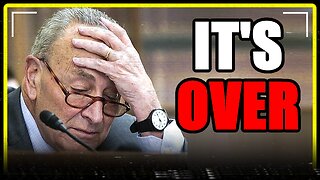 9:06
9:06
MattMorseTV
4 hours ago $5.72 earnedSchumer just BETRAYED 32 million of his OWN VOTERS.
4.05K27 -
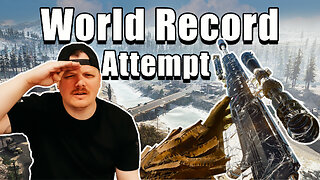 9:20:32
9:20:32
GritsGG
10 hours agoQuads Win Streak Record Attempt 28/71 ! Top 70! Most Wins in WORLD! 3744+!
50.3K6 -
 LIVE
LIVE
Lofi Girl
2 years agoSynthwave Radio 🌌 - beats to chill/game to
165 watching -
 LIVE
LIVE
LumpyPotatoX2
1 hour agoSunday Vibes on Battlefield - #RumbleGaming
45 watching -
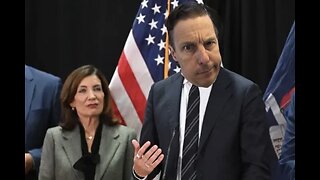 1:08:34
1:08:34
Jeff Ahern
6 hours ago $14.19 earnedThe Sunday Show with Jeff Ahern
35.8K8 -
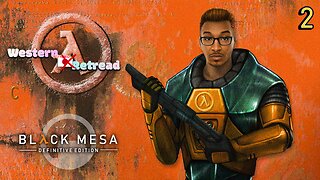 LIVE
LIVE
FusedAegisTV
1 day agoλ Black Mesa λ (Half Life 1 Remake) █ Western Retread
44 watching -
 LIVE
LIVE
FrizzleMcDizzle
2 hours ago $0.50 earnedHorrors you can't even fathom - Silent Hill f
41 watching